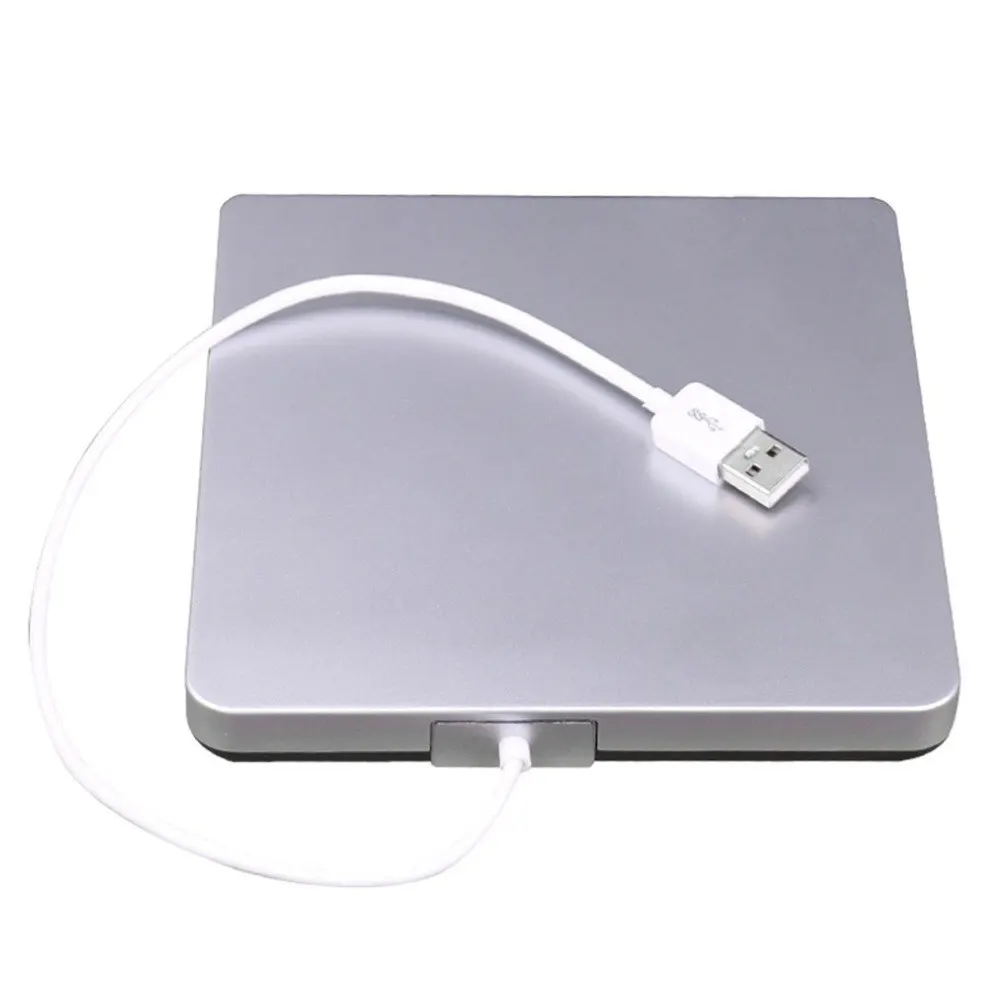

Type diskutil verifyVolume SSD_ID, then hit Return.At the command prompt, type diskutil list, then hit Return.Then, from the top Menu Bar, go to Utilities > Terminal to launch the Terminal app. For internal SSD, boot your Mac into macOS Recovery mode, as explained before.Next, double-click Terminal to launch the application. For external SSD, go to Finder > Applications > Utilities.So, when Disk Utility fails to repair your corrupt SSD, try Terminal commands to fix logical damages. The Terminal app in your macOS is a powerful tool to perform low-level tasks and operations on volumes and containers. Disk Utility also asks you to back up your data and replace the disk. When the SSD is about to fail, Disk Utility shows a message stating that you won’t repair the drive. Let Disk Utility repair your corrupt SSD. Click the First Aid tab, then click Run.


Next, we’ll discuss the three different ways to repair a corrupt APFS or HFS+ solid-state drive. Corruption or deletion of APFS container.The reasons for SSD corruption could be logical or hardware-related. The above scenario indicates that you’ve encountered corruption in your Mac solid-state drive. What’s the reason for the issue, and how can I repair my APFS formatted internal SSD? Please advise to resolve the issue ASAP!” Sometimes, the system crashes during boot, at times, the SSD throws a read-only error, and I need to restart my Mac often. “Lately, my MacBook Pro takes a long time to save files on the internal SSD.


 0 kommentar(er)
0 kommentar(er)
